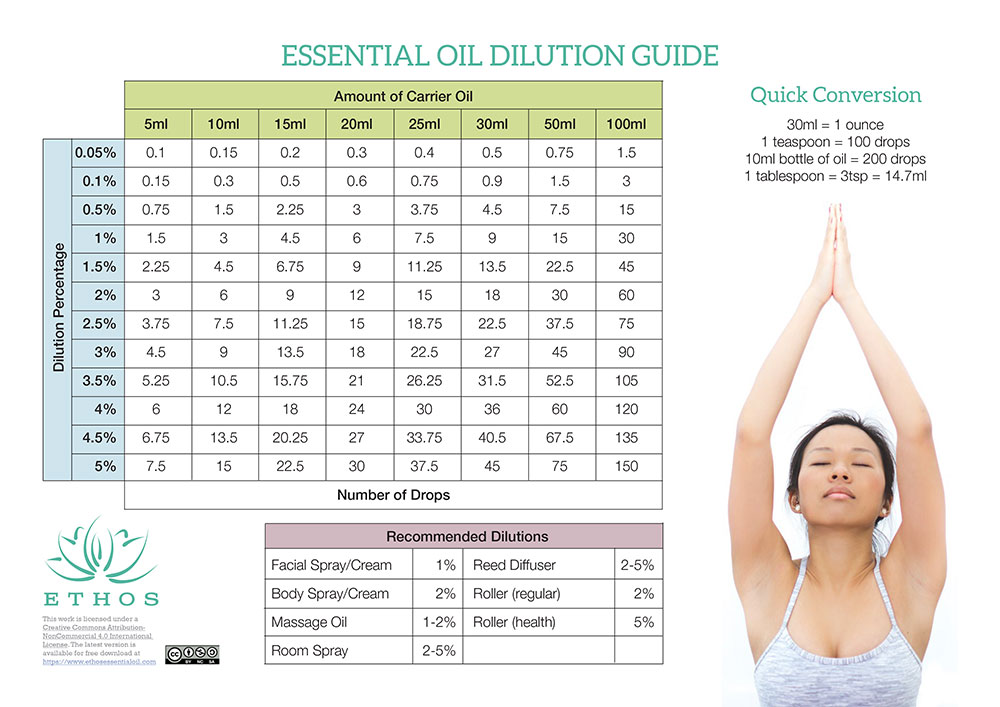No-one likes Deet, so one of the most common things to make with essential oils is a skin spray or roll-on to keep the mozzies away. Essential oils are incredibly effective for keeping the bugs away (and they smell great too)!
But, that’s only one of a wide variety of sprays or roll-ons you might make for yourself. There are refreshing facial sprays and roll-ons to treat all kinds of limbic (emotional) conditions, from motivation to concentration.
You might also use essential oils in massage creams or home-made personal care products.
It’s important to understand which essential oils are phototoxic or photosensitive if you are going out in the sun within 12 hours of using these products. Used on your skin, these may cause sun sensitivity, making you more susceptible to burning, redness or skin damage.
The chemical components that can create phytotoxicity reactions on the skin are known as furanocoumarins (FCs). They are present in most citrus-peel oils and a few others (such as angelica root). The most common FCs are bergapten (found in cold pressed bergamot, bitter orange, grapefruit, lemon, lime) and bergamottin (found in cold pressed bergamot, grapefruit, lemon and lime).
Not all cold pressed citrus oils are phototoxic. Ethos’s Sweet Orange is cold pressed, for example, but does not contain FCs.
Here is the research, by Robert Tisserand and Rodney Young (see references at the end of this article for details). I have highlighted the oils available from Ethos.
List of Commonly Available Essential Oils That are Phototoxic
- Angelica Root Essential Oil
- Bergamot (Cold Pressed)
- Bitter Orange (Cold Pressed)
- Cumin
- Fig Leaf Absolute
- Grapefruit (Cold Pressed)
- Lemon (Cold Pressed)
- Lime (Cold Pressed)
- Mandarin Leaf
- Opopanax
- Rue
- Tagetes
Oils That Might Be Phototoxic
- Angelica Root Absolute
- Angelica Root CO2
- Celery Leaf
- Celery Seed Absolute
- Clementine (Cold Pressed)
- Combava Fruit
- Cumin Seed Absolute
- Cumin Seed CO2
- Khella
- Lovage Leaf
- Parsnip
- Skimmia
Citrus Oils That Are Not Considered Phototoxic
- Bergamot FCF (FCF Has the Bergapten/FCs Removed)
- Bergamot (Steam Distilled)
- Blood Orange (Cold Pressed or Steam Distilled)
- Lemon (Steam Distilled)
- Lime (Steam Distilled)
- Mandarin (Cold Pressed or Steam Distilled)
- Sweet Orange (Cold Pressed or Steam Distilled)
- Petitgrain
- Satsuma (Cold Pressed or Steam Distilled)
- Tangelo (Cold Pressed or Steam Distilled)
- Tangerine (Cold Pressed or Steam Distilled)
- Yuzu Oil (Cold Pressed or Steam Distilled)
Ethos Blends That Include Phototoxic (Grapefruit or Lemon) Essential Oils
- Energy Boost
- Focus
- Immunity
- Motivation
- Uplift
Because an essential oil product has FCs, it does not mean it will be damaging for you. For example, a few drops of essential oil in a massage cream applied over the whole body will have an extremely weak concentration and is unlikely to cause problems.
However, you should exercise extreme caution. Dr Jane Buckle, in her book Clinical Aromatherapy, reported that pigmentation can remain for life. Don’t take risks with your skin!
References:
Tisserand, Robert and Young, Rodney — Essential Oil Safety (2nd Edition). 2014.
Buckle, Jane PhD, RN — Clinical Aromatherapy (3rd Edition), 2015.



